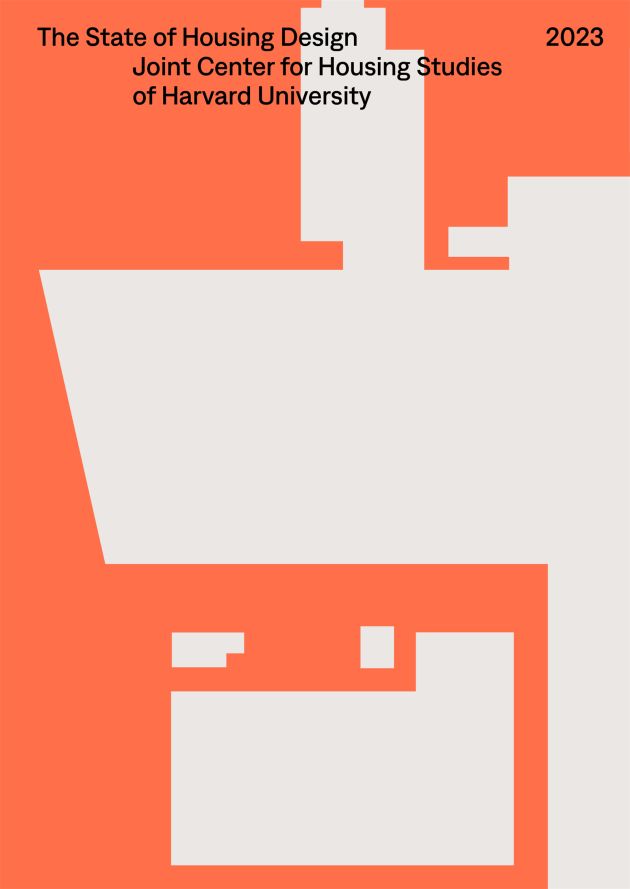An excerpt from The State of Housing Design 2023, published by the Joint Center for Housing Studies, Harvard University, 2023
In 2022, for the first time in the country’s history, the US government declared a Tier 2 shortage for the Colorado River, triggering massive cuts to the water allotments of states such as Arizona and Nevada, and in some places reducing users’ available water by nearly half. It marked an intensification of the already-historic Tier 1 restrictions, announced by the Department of the Interior in August 2021, the same month Hurricane Ida devastated portions of the Gulf Coast and brought unprecedented flooding to the Mid-Atlantic.
The storm—the worst hurricane to hit Louisiana since Katrina—killed 87 people. Such extremes—megadroughts in one part of the country, historic flooding in another—are, according to scientists, a reality of global climate change and likely constitute a new normal for the US.
Though it tends to get less attention than energy-efficiency or financing strategies, water intersects with housing design in a variety of ways. First, flooding remains the country’s most frequent and most expensive disaster, costing an average of $32 billion each year, a figure that could reach $41 billion by 2050. Flood risk is not distributed equally. Formerly redlined neighborhoods, for instance, which often remain more accessible to renters and first-time homebuyers and are therefore more diverse, tend to have larger concentrations of homes at high risk of flooding than historically greenlined areas. In Sacramento, 21.6 percent of homes in historically redlined or yellowlined neighborhoods face severe flood risk, compared with just 11.8 percent of homes in more desirable areas.
The country’s disaster recovery infrastructure is equally inequitable. In the wake of a flood or other disaster, Black Americans routinely receive fewer aid dollars than white Americans. According to the Center for American Progress, on average, the wealth of a Black disaster victim decreases by approximately $27,000, while the wealth of a white victim increases by approximately $126,000. This is due to several factors, including the fact that Black Americans are more likely to be renters, tend to receive lower appraisals on the value of their homes when they do own their homes, and pay higher insurance premiums, leading a portion of owners in low-lying areas not to carry flood insurance at all.
In the West, meanwhile, water scarcity increasingly determines how and where new housing is built, as utilities place moratoria on new water hookups or, in the case of Rio Verde Foothills, Arizona, municipalities cease water delivery to new developments after construction is complete.
Of course, the relationship is reciprocal. How and where the nation builds new housing impacts nearby water resources and increases the pressure on urban stormwater systems. Continued urbanization, combined with aging infrastructure and more severe storms, means that heavy rain events are capable of maxing out cities’ stormwater systems. In cities with combined sewer and stormwater infrastructure, this can lead to harmful overflows, in which untreated sewage enters local waterways, posing threats to both local ecosystems and public health.
In response to these and other challenges, housing projects around the country are piloting ever-more-sophisticated approaches to onsite water reuse and retention, delivering housing that is climate-resilient and communityoriented. Often, these advances are being driven by municipal stormwater codes, which are being updated in response to growing environmental concerns, as well as federal consent decrees under the Clean Water Act. Once hidden below ground in pipes, this water infrastructure is increasingly celebrated, doubling as an amenity, habitat, or part of the building’s basic form.
To read the full chapter, purchase a copy of the book here.
